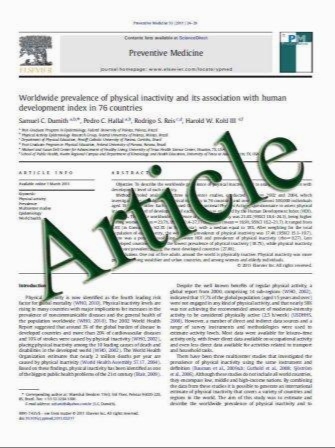Skingineering II: transplantation of large-scale laboratory-grown skin analogues in a new pig model
- نوع فایل : کتاب
- زبان : انگلیسی
- مؤلف : Clemens Schiestl • Thomas Biedermann • Erik Braziulis • Fabienne Hartmann-Fritsch • Sophie Bo¨ttcher-Haberzeth • Margarete Arras • Nikola Cesarovic •
- چاپ و سال / کشور: 2011
Description
Background Tissue engineering of skin with near-normal anatomy is an intriguing novel strategy to attack the still unsolved problem of how to ideally cover massive fullthickness skin defects. After successful production of large, pig cell-derived skin analogues, we now aim at developing an appropriate large animal model for transplantation studies. Materials and methods In four adult Swiss pigs, fullthickness skin defects, measuring 7.5 9 7.5 cm, were surgically created and then shielded against the surrounding skin by a new, self-designed silicone chamber. In two animals each, Integra dermal regeneration templates or cultured autologous skin analogues, respectively, were applied onto the wound bed. A sophisticated shock-absorbing dressing was applied for the ensuing 3 weeks. Results were documented photographically and histologically. Results All animals survived uneventfully. Integra healed in perfectly, while the dermo-epidermal skin analogues showed complete take of the dermal compartment but spots of missing epidermis. The chamber proved effective in precluding (‘‘false positive’’) healing from the wound edges and the special dressing efficiently kept the operation site intact and clean for the planned 3 weeks. Conclusion We present a novel and valid pig model permitting both transplantation of large autologous, laboratory- engineered skin analogues and also keeping the site of intervention undisturbed for at least three postoperative weeks. Hence, the model will be used for experiments testing whether such large skin analogues can restore nearnormal skin, particularly in the long term. If so, clinical application can be envisioned.
Pediatr Surg Int (2011) 27:249–254 DOI 10.1007/s00383-010-2792-1 Published online: 11 November 2010


